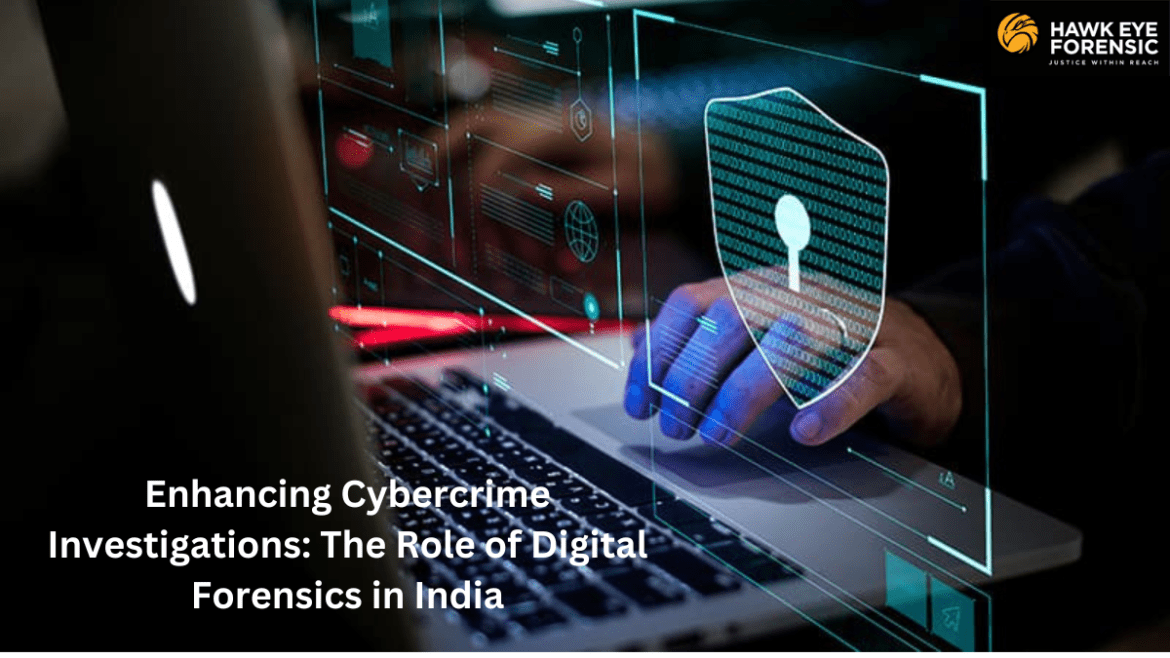
The Evolution of USB Standards from 1.0 to USB 4
The name USB stands for Universal Serial Bus. A “bus” is a circuit link that transfers data or power between components in an electronic system. A “serial” bus sends data one bit at a time via a single wire. USB is an engineering standard that specifies the connectors and cables ...








